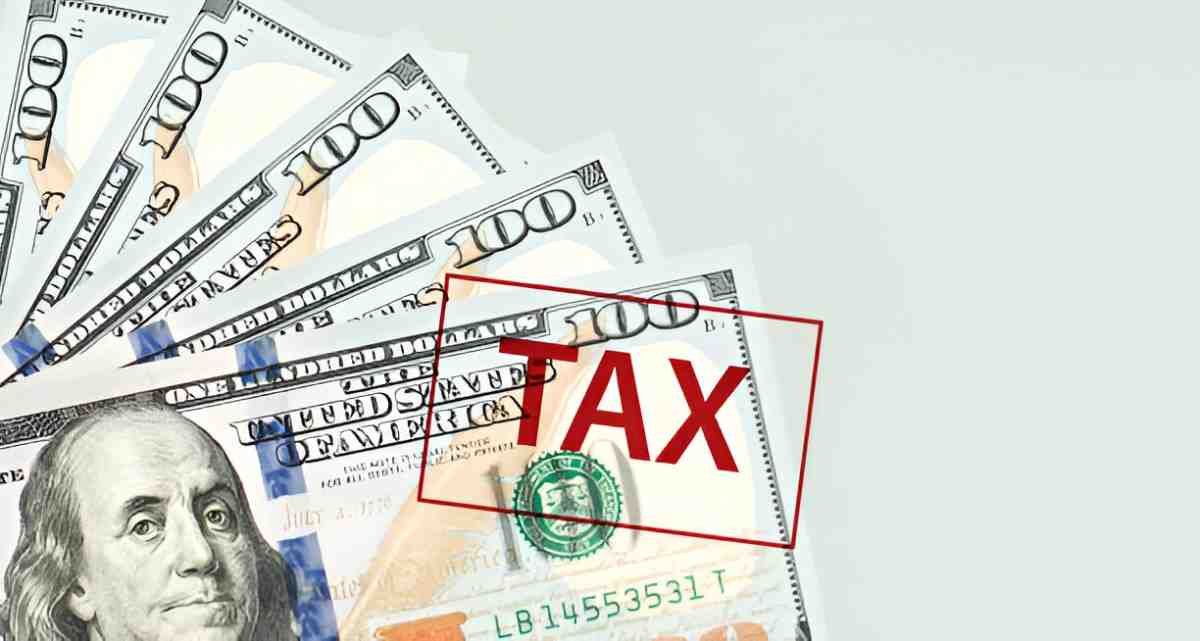Introduction
Taxation is a fundamental aspect of financial planning and compliance. In the Adirondack region, tax laws present unique challenges and opportunities due to its geography, economy, and regulatory landscape. I will break down the tax implications for individuals, businesses, and property owners in the region while providing detailed calculations, tables, and comparisons to ensure a thorough understanding of the topic.
Table of Contents
Taxation Framework in the Adirondacks
The Adirondack region spans multiple counties in upstate New York, each with distinct tax policies. To navigate this landscape, understanding federal, state, and local taxation structures is essential. Here’s an overview of these three tiers:
| Tax Type | Jurisdiction | Application |
|---|---|---|
| Federal Taxes | IRS | Applies to income, corporate earnings, capital gains, etc. |
| State Taxes | New York State | Includes personal income tax, sales tax, and property tax regulations. |
| Local Taxes | County/Municipal | Property taxes, local sales taxes, and special district levies. |
Income Tax Considerations
New York State imposes a progressive income tax system, meaning higher earners pay a larger percentage. Adirondack residents must file both federal and state returns. Let’s examine a basic calculation for an individual in Essex County earning $75,000 per year:
New York State Income Tax Bracket (2024)
| Taxable Income ($) | Tax Rate (%) |
|---|---|
| 0 – 8,500 | 4.00 |
| 8,501 – 11,700 | 4.50 |
| 11,701 – 13,900 | 5.25 |
| 13,901 – 21,400 | 5.90 |
| 21,401 – 80,650 | 6.09 |
| 80,651 – 215,400 | 6.41 |
For an income of $75,000, the calculation follows:
- The first $8,500 is taxed at 4%: $8,500 × 0.04 = $340
- The next $3,200 is taxed at 4.5%: $3,200 × 0.045 = $144
- The next $2,200 is taxed at 5.25%: $2,200 × 0.0525 = $115.50
- The next $7,500 is taxed at 5.9%: $7,500 × 0.059 = $442.50
- The remaining $53,600 is taxed at 6.09%: $53,600 × 0.0609 = $3,266.64
Total NY State Tax: $4,308.64
Sales Tax in the Adirondacks
Sales tax in the region varies by county. New York State imposes a base sales tax rate of 4%, with additional local rates.
| County | Total Sales Tax Rate (%) |
|---|---|
| Essex | 8.00 |
| Franklin | 8.00 |
| Hamilton | 7.00 |
| Warren | 7.00 |
Example: If I purchase a $1,000 laptop in Essex County, the total tax paid would be: $1,000 × 8% = $80
Property Tax in the Adirondacks
Property tax is a major financial obligation for residents and businesses. The Adirondack Park has vast protected lands, affecting property tax rates. Let’s compare tax rates:
| County | Average Effective Property Tax Rate (%) |
|---|---|
| Essex | 1.80 |
| Hamilton | 1.30 |
| Franklin | 2.00 |
| Warren | 1.70 |
For a home valued at $250,000 in Essex County: $250,000 × 1.80% = $4,500 annually
Corporate Tax Considerations
Businesses operating in the Adirondacks must comply with New York State’s corporate tax system, which includes franchise tax and corporate income tax. The general corporate tax rate is 6.5%. Small businesses earning under $290,000 qualify for a reduced rate of 4.0%.
Example: A local Adirondack lodge earning $500,000 in taxable income would calculate corporate tax as follows: $500,000 × 6.5% = $32,500
Tax Credits and Incentives
Several tax credits are available to Adirondack residents and businesses:
- STAR Program: Reduces property tax for eligible homeowners.
- Empire State Development Tax Credits: Encourages small business growth in rural areas.
- Historic Property Tax Credit: Available for restoring historic properties.
Tax Planning Strategies
Tax-efficient strategies can help minimize liability. Here’s what I consider:
| Strategy | Benefit |
|---|---|
| Maximizing deductions | Lowers taxable income |
| Utilizing credits | Directly reduces tax owed |
| Investing in tax-deferred accounts | Reduces current-year liability |
Conclusion
The Adirondack tax system presents complexities that require careful planning. Whether dealing with personal income tax, property taxes, or business levies, understanding these nuances ensures compliance and efficiency. By leveraging tax credits and proper strategies, individuals and businesses can navigate the Adirondack tax landscape effectively.





